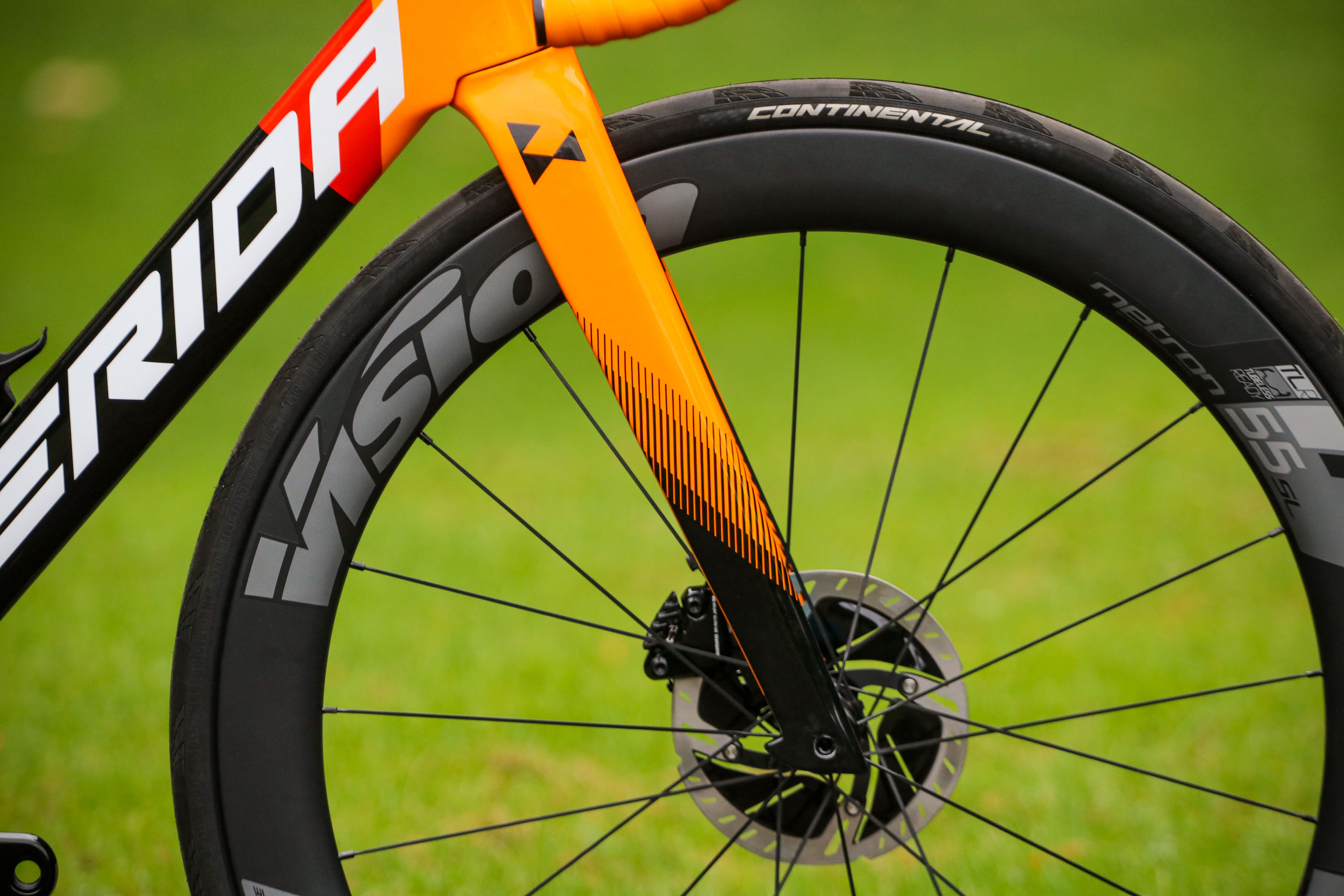

In the mid-range, the Scultura 4000 to the Scultura 7000-E, use Merida’s CF2 framesets. These frames also use a slimmer 1 1/8” to 1 1/4” tapered head tube to reduce frontal area and further increase the frame’s aerodynamic efficiency. Merida claims frameset weights of just 850g (size 54cm) for the rim-brake version and 1000g (size 54cm) for the disc-brake option.īoth rim- and disc-brake models at this level use Merida’s CF4 geometry, which is designed for racers, with longer reach and lower stack heights across the sizing range. The top of the range models (the Scultura 8000-E and Scultura Team-E) use Merida’s pro-level CF4 frameset, with their most expensive carbon fibre blend.

It is available in either rim or disc brake builds at all price points, and uses Shimano gearing across the range. Right on trend, the Scultura uses subtly aero profiled tube shapes that help to reduce drag, while still achieving a lightweight and stiff frame. Designed to be stiff, lightweight, comfortable and with handling fit for the Grand Tours. The Scultura is Merida’s all-round racing platform. The angles are race-bike steep and the wheelbase is short at 990mm – all pretty standard stuff that produces a quick-handling, lively feeling ride.Max clearance for only 25mm tyres on rim brake models The Reacto’s geometry is quite racy and it’s worth noting that sizing runs big – my medium test bike has 395mm of reach and 557mm of stack, numbers that would make it a size large (or 56) for many brands. It’s stiff, fast and fun, with a ride that feels distinctly more refined and comfortable than you might assume – aero bikes have come a long way since the genre really took off. That FSA stem aside, the Reacto’s finishing kit is all in-house too, and there’s nothing to fault.įor a bike with a mid-range groupset and fairly basic wheels, the Reacto 4000 does a more than passable imitation of a superbike. If inner tubes don’t do it for you anymore, you’ll need new rubber though because the Merida has specced rather budget-oriented Continental Ultra Sport III clincher tyres. The rims’ internal width of 19mm is well-suited to road tyres and the rims can be converted to tubeless, although neither tape nor valves are provided. The wheels are own-brand 30mm-deep rims on slightly nondescript hubs. The gearing is racy, with a 52/36 crank, but the 11-30 cassette means your bottom end is still reasonably low.īetter yet, Merida specs a GS – Shimano’s designation for medium-cage – rear derailleur, so there won’t be any issue fitting a bigger cassette should the need arise.
#Reacto full#
Merida Reacto 4000 buildĪpart from the KMC chain, the Reacto 4000 has a full Shimano 105 hydraulic disc groupset. On the Scultura Endurance, by contrast, the rear heatsink can catch your foot if, like me, you have a slightly heels-in pedalling style. I’m pleased to note they’re rather tidy on this bike though, and tucked well out of the way. Merida has been sticking heatsinks on its disc brake caliper mounts for years and the Reacto is no exception here. Heat sink cooling fins for the Reacto’s braking. Replacing the upper headset bearing will mean disconnecting cables and hoses, however.

This results in a very clean front end but the cables are easily accessed if need be, and swapping stems is straightforward. The cables run underneath the stem and into the front of the headset, and are concealed by a cover and the dedicated headset spacers. The stem, bar and fork steerer are all standard sized parts so third-party components will fit. This is a nice halfway-house between the complex proprietary systems found on many of the latest superbikes, and a conventional setup with the cables on show.

The Reacto’s cables are almost entirely hidden from view and at the cockpit end of things, Merida has opted for FSA’s SMR cable routing system, as seen on a number of other machines including the Bianchi Arcadex gravel bike. It looks purposeful, but not like it’s trying too hard. The Reacto’s frameset embodies all the current trends in aero road bike design, with a near-horizontal top tube, truncated aerofoil tube profiles and very dropped seatstays. Merida’s saddle houses a multi-tool for mechanicals.


 0 kommentar(er)
0 kommentar(er)
